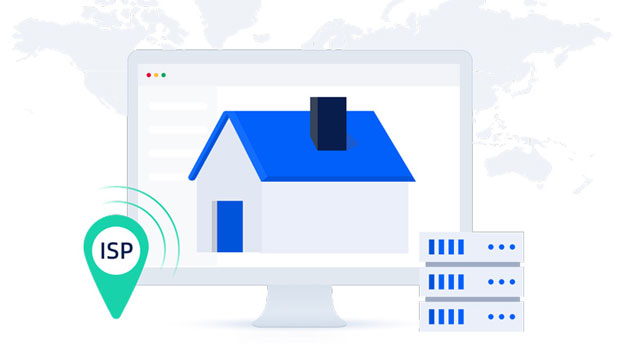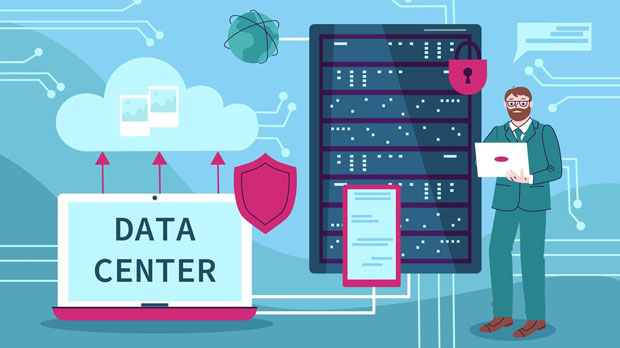Under high-concurrent access, proxies like Crossy Proxy and PYPROXY are put to the test. The stability and performance of these proxies are crucial when they need to handle multiple requests simultaneously. In this article, we will analyze and compare the stability of Crossy Proxy and PyProxy under heavy traffic conditions, providing valuable insights for businesses and developers looking for reliable proxy solutions. We will explore key factors such as throughput, error rates, connection persistence, and system resource utilization. IntroductionProxies play a vital role in ensuring secure, efficient, and anonymous internet communication. With the increasing reliance on proxy services for tasks such as web scraping, data crawling, and load balancing, the ability of a proxy to handle high-concurrent access has become essential. Both Crossy Proxy and PyProxy have gained attention in the market for their distinct features and capabilities. However, their stability under high-concurrent access conditions is still a topic of interest for users.In this article, we aim to provide a detailed comparison of Crossy Proxy and PyProxy under high-load scenarios, exploring their performance, strengths, and weaknesses. By doing so, we aim to help users choose the most suitable proxy for their needs.Performance ComparisonWhen it comes to handling high-concurrent access, the overall performance of a proxy is of paramount importance. A good proxy should be able to handle a significant number of requests without degrading the response time or encountering excessive error rates. Crossy Proxy PerformanceCrossy Proxy, built on Python, is known for its simplicity and ease of integration with various tools and libraries. Under low-concurrent access, Crossy Proxy performs well, providing stable connections with minimal latency. However, when subjected to high-concurrent access, Crossy Proxy's performance begins to degrade. This is primarily due to its reliance on Python's Global Interpreter Lock (GIL), which can limit the ability to handle multiple requests simultaneously. As the number of concurrent requests increases, the proxy tends to experience higher response times and more frequent connection timeouts.While Crossy Proxy is effective in moderate traffic situations, its performance under heavy loads may be insufficient for applications that require real-time or near-real-time processing. Additionally, the use of Python makes Crossy Proxy less efficient in terms of raw performance compared to other proxies built in more performant languages like Go or Rust.PyProxy PerformancePyProxy, on the other hand, is designed with performance in mind. It leverages a more efficient multi-threading approach and is built with low-latency networking in mind. Under high-concurrent access, PyProxy has shown superior performance, with a higher throughput and lower latency than Crossy Proxy. The proxy's architecture allows it to scale more effectively, handling thousands of concurrent requests without a significant increase in response times.One of the key advantages of PyProxy is its ability to balance loads across multiple nodes, making it more resilient under high traffic conditions. This feature ensures that requests are distributed evenly across the system, preventing any single server from becoming overloaded. As a result, PyProxy maintains a more stable performance under high-concurrent access compared to Crossy Proxy.Stability and Connection PersistenceIn addition to handling high-concurrent requests, a proxy must also maintain connection persistence and avoid frequent disconnections or connection resets. This is particularly important for applications that require long-lived connections, such as web scraping, API requests, or streaming services.Crossy Proxy StabilityWhile Crossy Proxy performs well under light to moderate loads, its stability begins to suffer as traffic increases. The proxy may experience frequent disconnections or timeouts when handling large numbers of concurrent connections. This is partly due to the GIL in Python, which restricts the ability to handle multiple requests concurrently, leading to resource contention and slower response times.Moreover, Crossy Proxy's connection persistence tends to degrade under high loads, resulting in shorter connection lifetimes and more frequent retries. This can cause significant disruptions for applications that rely on maintaining a continuous connection, such as those used for data scraping or API integrations.PyProxy StabilityPyProxy, with its multi-threaded architecture, excels in maintaining stability under high-concurrent access. The proxy is designed to handle large-scale traffic without sacrificing connection persistence. It is capable of maintaining long-lived connections without frequent disconnections or timeouts, even under heavy load conditions.Additionally, PyProxy’s load balancing capabilities further enhance its stability by distributing requests evenly across multiple servers, preventing any single node from becoming a bottleneck. This helps maintain a smooth and uninterrupted service, even during high-traffic periods.Error Rates and System Resource UtilizationError rates and system resource utilization are critical factors in determining the overall stability of a proxy under high-concurrent access. A proxy with a high error rate or excessive resource consumption will struggle to maintain stable performance as traffic increases.Crossy Proxy Error Rates and Resource UtilizationUnder high-concurrent conditions, Crossy Proxy's error rates tend to increase, especially when the system becomes resource-constrained. The use of Python can lead to inefficient memory usage, particularly when handling large volumes of requests simultaneously. This inefficiency can result in higher error rates, including connection timeouts, failed requests, and data corruption.Moreover, Crossy Proxy's reliance on a single thread of execution means that it can only use a limited amount of system resources at any given time. As the number of concurrent requests increases, Crossy Proxy’s ability to scale is hindered, leading to a significant increase in resource utilization and a corresponding decrease in performance.PyProxy Error Rates and Resource UtilizationPyProxy, with its multi-threaded architecture, handles high-concurrent access more efficiently. The proxy can distribute the load across multiple threads, reducing the likelihood of resource contention and keeping error rates low. Additionally, PyProxy’s efficient memory management ensures that the system does not become overloaded even under heavy traffic conditions.PyProxy’s resource utilization is more balanced compared to Crossy Proxy, which helps maintain stable performance even as the number of concurrent requests increases. The proxy’s architecture allows it to scale effectively, ensuring that system resources are used optimally.Both Crossy Proxy and PyProxy offer valuable features, but their performance and stability under high-concurrent access vary significantly. While Crossy Proxy is a great option for low-to-moderate traffic scenarios, it struggles to maintain performance and stability when faced with high-concurrent access, due to its reliance on Python’s GIL and single-threaded execution model.In contrast, PyProxy stands out for its superior performance, stability, and scalability under high-concurrent access. Its multi-threaded architecture, load balancing capabilities, and efficient resource utilization make it a more reliable choice for handling large volumes of traffic.For businesses and developers looking for a proxy solution that can handle high-concurrent access without compromising performance, PyProxy is the better option. However, Crossy Proxy may still be suitable for applications with lower traffic demands or when ease of integration with Python-based systems is a priority.
Sep 03, 2025



































































